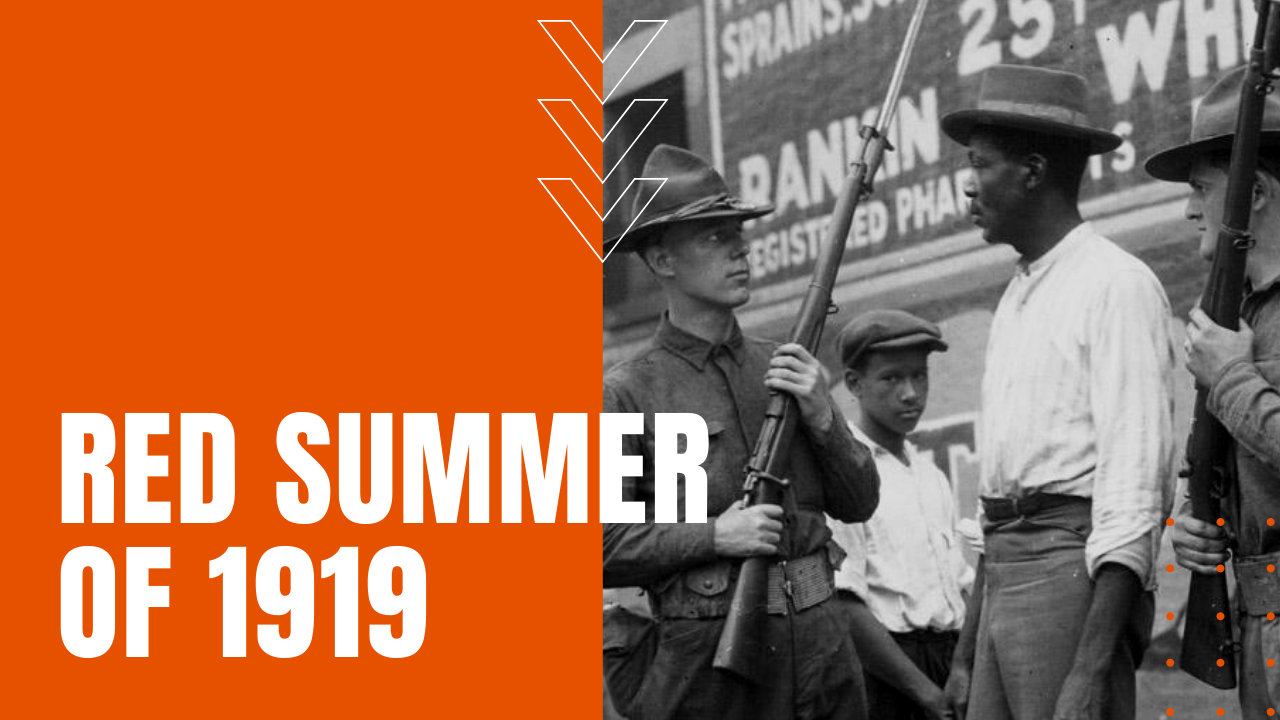Red Summer of 1919

The summer of 1919 marked a breaking point behind the ever-rising tensions surrounding the migration during World War One of African Americans from their southern homes to cities in the north and midwest. Once the war was over, thousands of white soldiers returned home to find their factory jobs filled by previously southern blacks.
Combined with an economic slump in postwar America, tensions snapped between whites and blacks over the increased competition in both the jobs and housing markets, causing an outbreak of largely white-on-black rioting to break out simultaneously in American cities.
Red Summer Riots and Eugene Williams’ Death
During the summer of 1919, riots across the U.S. would break out in cities like Washington, D.C., Knoxville, Tennessee, Omaha, Nebraska and more than three dozen other American cities. None, though, were as dramatic as the events that occurred in Chicago.
On July 27th, 1919, African American Eugene Williams had gone with some friends to swim at their local beach. In the midst of having fun, Eugene inadvertently crossed the line that separated the white and black sides of the beach, prompting a group of white men to stone Eugene before he could safely return to the black side of the line.
Eugene was struck in the head and subsequently drowned, and when the police arrived on scene to collect accounts by several eyewitnesses, the officers refused to arrest the white men responsible for Eugene’s death, instead arresting a black man for no logical or apparent reason.
Before the day was over, white and black mobs had mobilized throughout the city, rioting for the next five days until local and federal authorities called in 6,000 National Guardsmen and infantrymen in an effort to restore order. The guardsmen were positioned around the Black Belts of Chicago, to curtail any further attacks by whites. By the time the violence had ended, 38 people were dead—most of the African American—along with 537 injuries.
Many African Americans fled back to their southern homes during the violence, while 1,000 mostly African Americans would be left homeless due to arson attacks. While racial fighting during the Red Summer was contained mainly to northern and midwestern cities, the highest number of fatalities occurred in the rural areas surrounding Elaine, Arkansas, where an estimated 240 African Americans and five whites lost their lives to uncontrolled rioting and hate.
